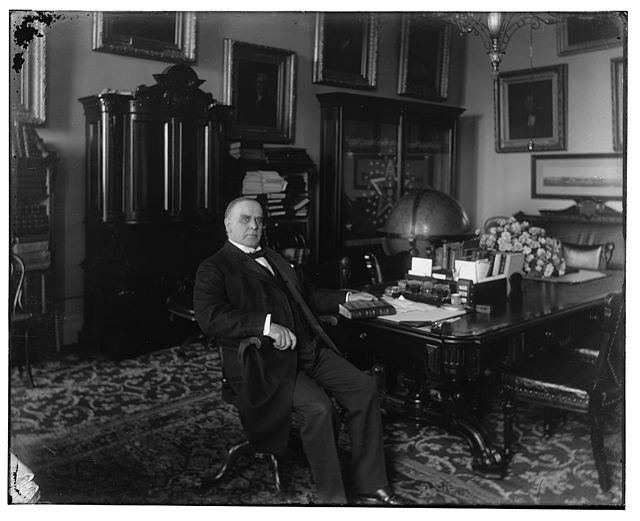Liberation (from your disposable income) Day

Very good story about the implications of the 145% tariff being placed on Chinese goods:
The gloves are off. The next chapter of U.S.-China decoupling has begun. The pain will be felt everywhere.
In jacking up his tariffs on China—and pausing steep duties on dozens of other nations—President Trump is pushing the world’s two biggest economic powers into a battle that will leave neither unscathed and risks tanking the global economy.
The total tariffs imposed on China in Trump’s second term now add up to 145%, the White House said Thursday. They could eventually be walked back, but already, there are signs that a portion of the $582 billion in goods trading between the two countries is grinding to a halt. U.S. factories are canceling orders and some Chinese manufacturers are putting workers on temporary leave. Data has shown a sharp decline in trans-Pacific ship bookings since some of the latest tariff escalations began. U.S. stocks fell sharply Thursday as investors digested the developments.
Arlen Nercessian, a Temecula, Calif.-based kitchen-equipment importer, messaged his Chinese agent on Wednesday to hold his latest shipment of cast-aluminum plates when he heard that Trump was pushing up tariffs—but it was too late. He said that without a deal to end hostilities between Trump and Chinese leader Xi Jinping, that order from China will be his last.
“There’s no way I’ll get any of these in the U.S.,” he said. He might have to cut most of the company’s nine employees and contractors, switch to cheaper software and stop traveling to food shows to advertise his products “just to hunker down and survive,” he said.
At least all this inflation and unemployment will result in all the investments that will be made to move manufacturing onshore because investors can be confident that the current tariff rates will remain in place for years to come — i.e. as a first approximation “none.”


